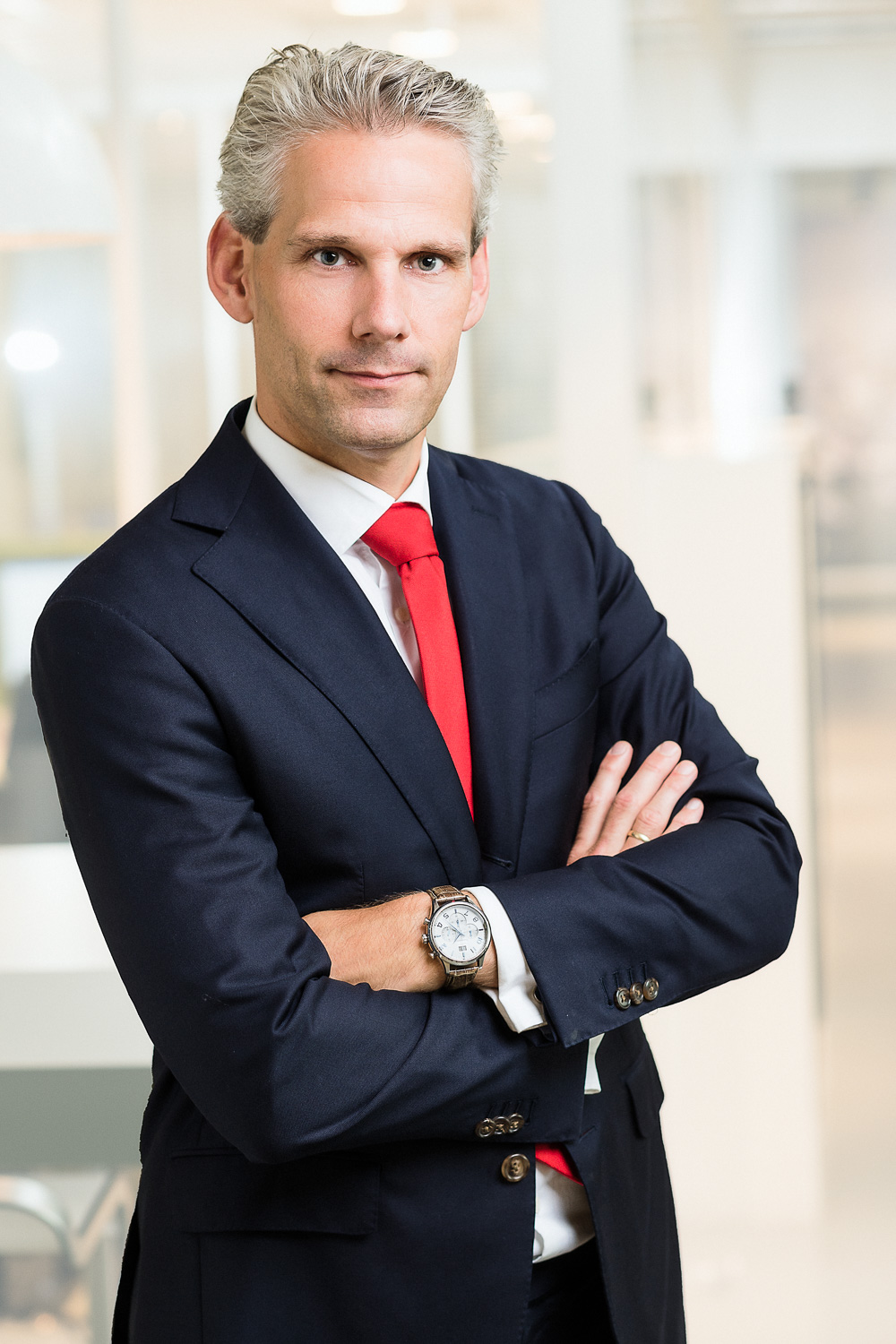Hidden camera
Last resort
The use of hidden cameras is often the subject of legal proceedings. The basic principle is that the use of a hidden camera is prohibited, except in special circumstances. It must be a last resort for journalists.
For them, it’s about the importance of freedom of the press: is news or information obtained that could not have been without the use of a hidden camera? If the purpose of making recordings with a hidden camera is to prove unlawful practices that could have been proven in another, legal way, then the use of a hidden camera is unlawful.
Serious wrongdoing?
Perhaps one of the most notable examples from case law is the secret recordings a 20-year-old man made of Onno Hoes, then mayor of Maastricht. Hoes was sitting in a café at the time, believing he was having a private conversation.
In such cases, the court must always weigh the right to freedom of expression against the plaintiff’s right to privacy. In this case, the court ruled that there was no serious wrongdoing that could only be exposed with the help of a hidden camera. The Dutch broadcaster PowNed should not have aired the footage.
Public space
However, on appeal, the Court of Appeals had a different opinion. Although the Court agreed that the mayor’s privacy had been ‘invasively’ infringed, it found that journalistic freedom weighed heavier in this case. Making and using the secret recordings was justified in this case.
The fact that these recordings were made in public spaces played a role in the Court’s consideration. In such cases, the use of a hidden camera is more permissible than on private property or in a private home.


